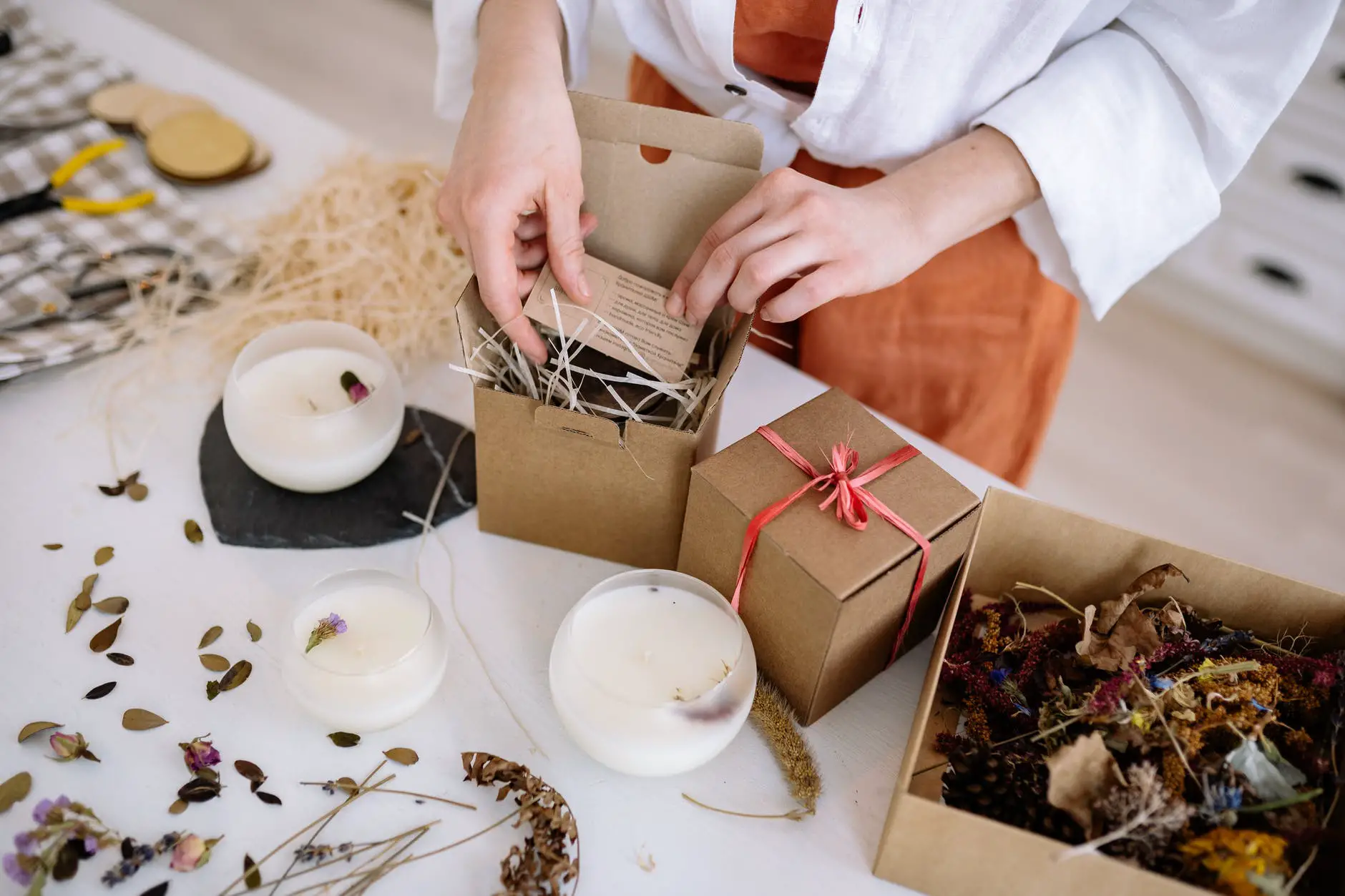How can you make your packaging eco-friendly and look good too?
It wasn’t long ago when we went to a grocery store that specialises in selling locally-sourced food and found that, where in the past their produce aisles were stocked with thin, green plastic bags that tore as soon as you got them full, they now also stocked little recycled cardboard baskets. Each basket was only large enough to store a single consumer’s worth of fruit or vegetables, but the lightweight and maneuverable design, while being far more environmentally friendly, also prevented delicate fruit from getting bruised while shopping.
In light of these decisions from local brands, it is important to re-evaluate the marketability of eco-friendly packaging. In the past, some eco-friendly packaging options have gained a false reputation of being flimsy, ugly, or cumbersome to produce, but in the decade ahead of us, this could be no farther from the truth. Modern eco-friendly packaging is flexible, affordable, and most of all, prestigious.
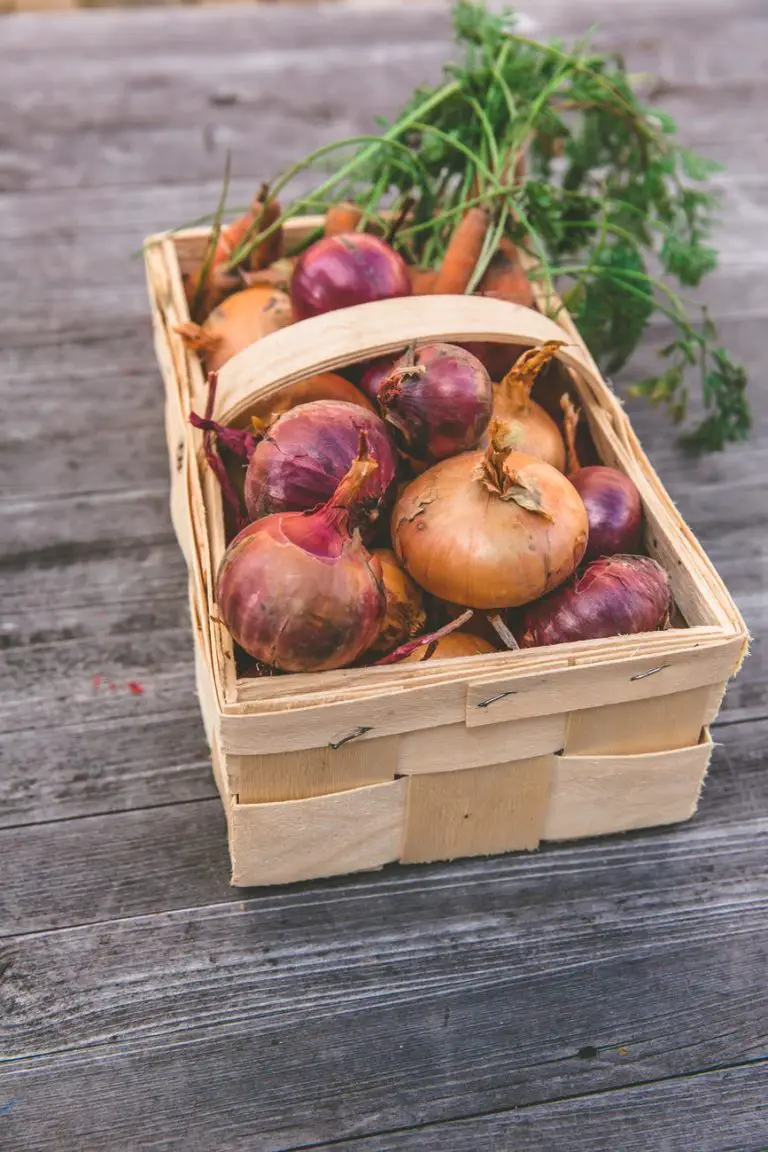
These days, the varieties of eco-friendly packaging, made from biodegradable and recycled materials, are more plentiful than ever. While, in the past, manufacturers would have to choose between aesthetically-pleasing packaging or environmentally friendly packaging, options available to companies today have done away with the need to choose one or the other.
Materials like reclaimed wood, jute twine, and coconut fibre-based wood substitutes yield a rustic appeal, and can be reused by customers. Elegant clamshell cardboard containers are sleek and compostable, while being far more sturdy to get through mail order than styrofoam containers, and with modern innovation, can remain just as waterproof. Investing in eco-friendly packaging often means spending less on waste disposal, being more marketable to savvy, sustainability-minded clientele, and creating a personal brand and aesthetic a cut above the rest.
Materials like reclaimed wood, jute twine, and coconut fibre-based wood substitutes yield a rustic appeal, and can be reused by customers.
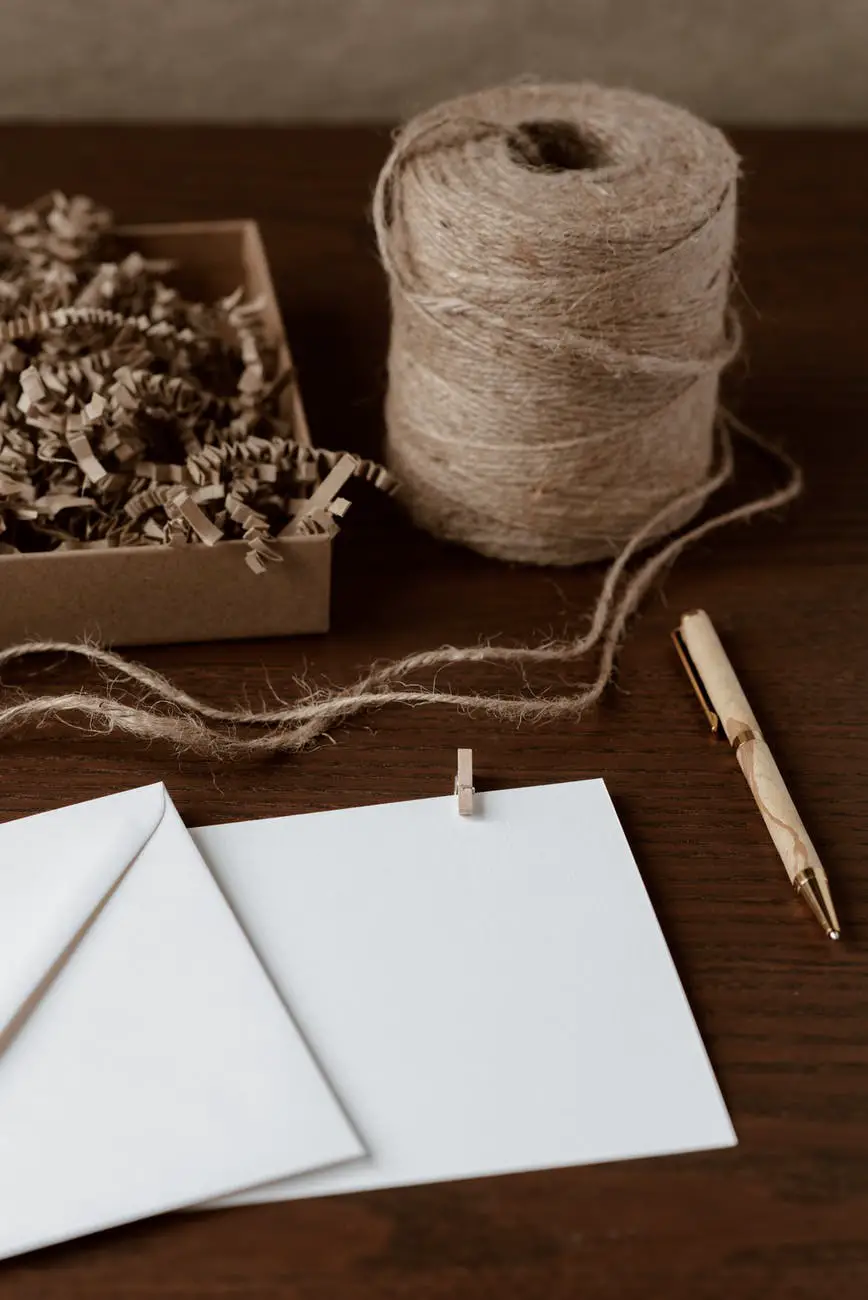
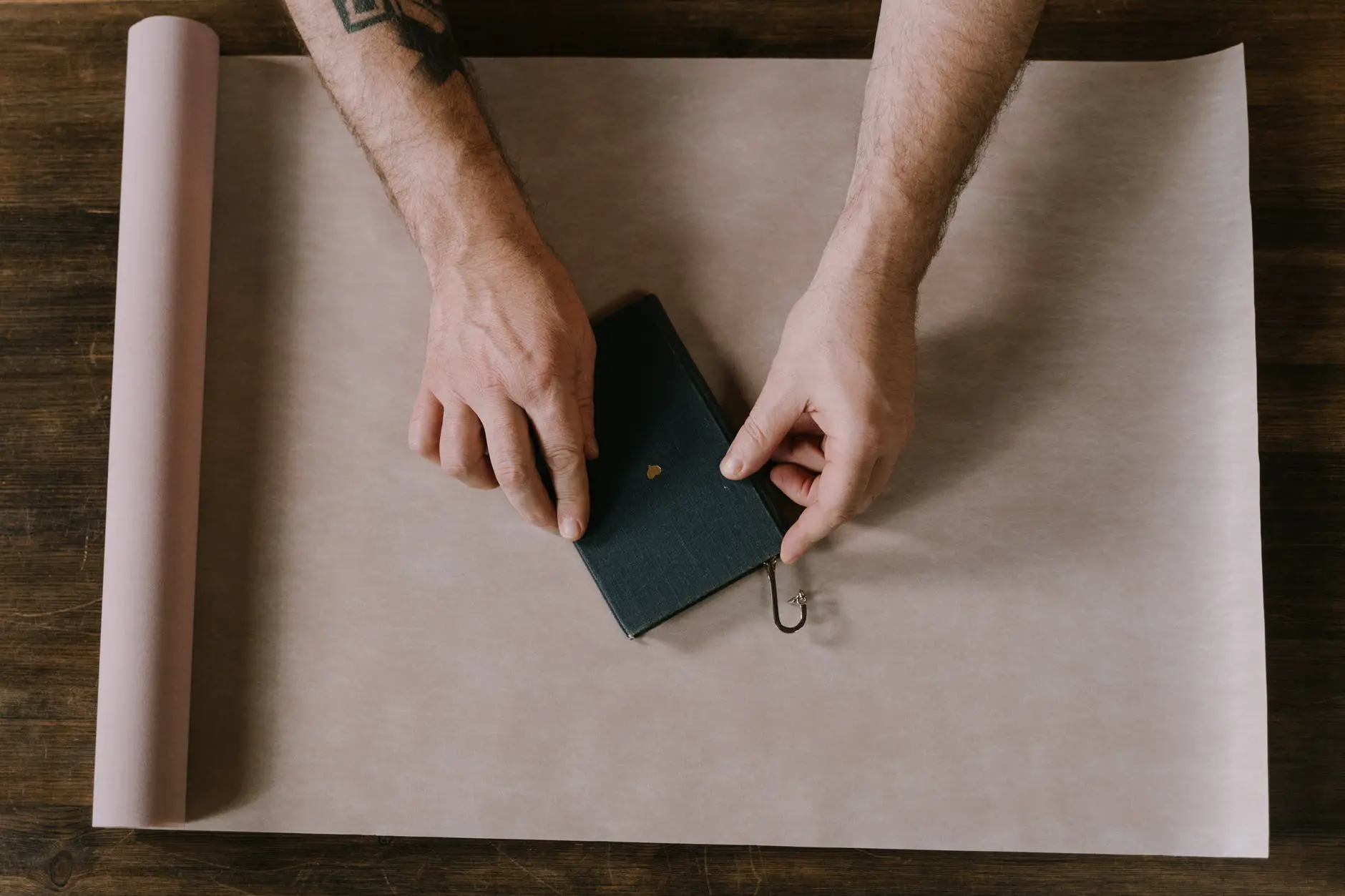
While not everybody is interested in composting themselves, compostable packaging often guarantees an even more reliably eco-friendly container than those marketed as biodegradable, since compostable materials break down within a matter of months or even weeks, as opposed to the potentially years-long process of decomposition that some materials market themselves as. On the other end of the spectrum, longer-lasting materials, like glass, sustainably-sourced wood, and natural fibers like hemp, can be reused by the consumer, and appeal to an old-fashioned aesthetic that many customers, drained by a culture of disposability, find novel and refreshing. Whether one prefers to lean one way or the other, eco-packaging can be sturdy, affordable, and even stylish.
When attempting to reach out to the market of today’s mindful buyers, recognizing the impact of plastic waste and unsafe materials is the first step in bridging the gap. Employing the use of biodegradable, recyclable, reusable, and compostable packaging has the double effectiveness of appealing to customers looking to decrease their carbon footprint, and seldom alienates less interested clientele, who are unlikely to refuse packaging of this nature, even if they do not actively seek it out. As such, investing in eco-friendly packaging positively effects a company’s personal brand, and increases their advertising by word-of-mouth recommendations, all while establishing and honing a unique aesthetic sensibility that distinguishes them from the countless lesser competitors flooding the market.

Thus, you can arrange simple and beautiful packaging for your business too using eco-friendly packaging material without sacrificing on its appearance. As mentioned, materials such as cardboard boxes, kraft recycled paper, hessian, jute, eco tissue paper, give a gorgeous rustic country look and feel to your packaging that is not only good for the planet but is a contemporary style sought by many customers today.
As well as kraft browns and neutrals, you can add colour and style that complements your branding. We know how important it is to get that right shade, which is why we stock over a hundred colours, shades, patterns and styles, and are always adding more. And the good news is, they are all eco-friendly too.








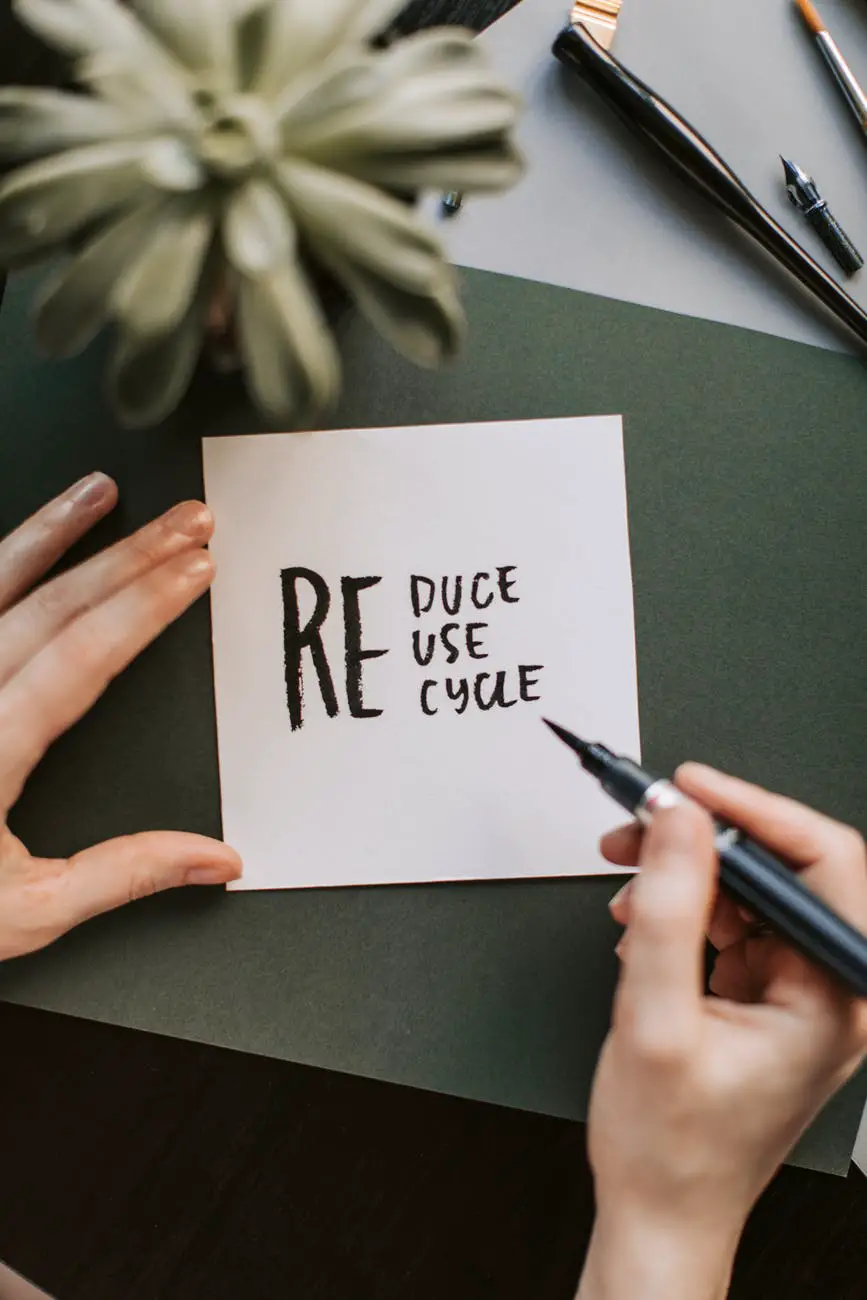
Definitions…
Biobased materials: substances derived from living (or once-living) organisms. When being processed, these materials release less carbon into the air than fossil fuels.
Biodegradable materials: substances that can be naturally broken down by microorganisms like bacteria and fungi. When being processed, these materials also release less carbon into the atmosphere than materials that need to be manually broken down.
Recycling: the process of converting waste materials into new materials and objects. It can prevent the waste of potentially useful materials and reduce the consumption of fresh raw materials.
Carbon Footprint: the amount of CO2 released into the air from human activity.

